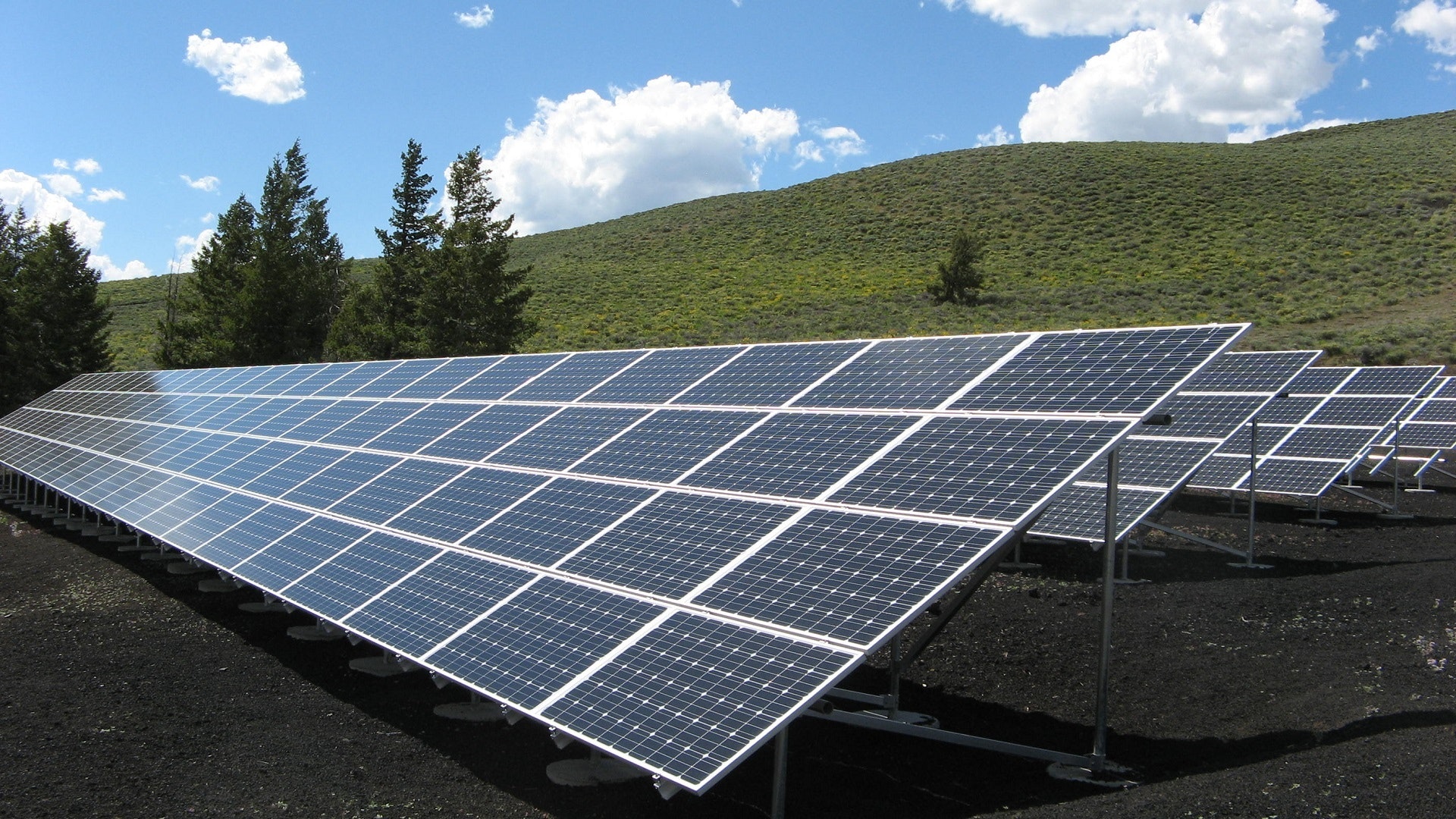Nighttime Solar
Overcast days and dark nights can significantly impact a solar panel and its corresponding solar engineering efficiency. However, Australian engineers have begun to create a workaround. They used a thermodynamic principle stating that energy is produced by the cooling of a warm surface in a cold environment — like a solar panel at night after a hot day. Thermo-radiative diodes were used to convert the resulting energy into electricity.
The process yields significantly less energy than the traditional solar panel. However, the engineers hope to improve on it moving forward. With solar panel provider Hoymiles explaining that solar panel installations can cost as much as $20,000—$30,000, with energy storage included, these recent developments show that solar will become an even more worthy investment soon.
Quantum Well Solar
Toward the end of May 2022, scientists from the US Department of Energy’s National Renewable Energy Laboratory (NREL) revealed the world’s most efficient solar cell for solar engineering to date. They used quantum well technology to ensure that all the materials used were as thin as possible. This confines within a planar surface, which effectively restricts their movement to two dimensions instead of three — and reduces the minimal amount of energy needed to excite electrons and produce electricity.
NREL used 1-sun global illumination conditions to measure efficiency, with 1 sun representing the average illumination standard of AM1.5 or 1 kW/m2. The conditions marked the quantum well solar cell’s efficiency at 39.5%. The recent record holder had achieved 39.2%.

Solar Windows
Panels are usually positioned on rooftops to capture the most sunlight possible. However, many rooftops are either too small or are poorly designed to handle solar panel installations. This may all change with completely transparent solar cells. Our team at Mechanical Engineering HQ previously reported on this development through our piece on futuristic windows.
The South Korean electrical engineers who invented the cells used thin layers of metal oxide electrodes and glass substrates. Tests proved the cells could reach an efficiency of up to 22%, which is impressive given that the cells only target a small portion of the light spectrum. The engineers aim for the technology to be used on anything with glass — from buildings to windows and even smartphone screens.
Optic-Fiber Solar
Another South Korean invention — from materials scientists this time — now promises more electrical output and more creative use cases. PV Magazine reports that their power generation system uses optical fibers and organic solar cells, or cells that use organic polymers and molecules in their absorber material.
Here, cells are oriented vertically. This allows light to scatter as it moves along the length of optical fibers with nano-sized holes. This gives the light more opportunities to interact with the inner surface of the solar cell, which can help generate more power. The system is thus designed to withstand unstable outdoor conditions that may be hot, humid, or dusty — all while adding as many as 6 hours to the traditional solar panel’s daily average efficiency period.
Self-Cleaning Solar
Ending this piece on a light note is the Smartflower — a solar invention that breaks away from the regular solar panel’s rectangular design. Inspired by the sunflower, this 164-foot structure blooms skyward at the ideal angle of 90 degrees. It uses a dual-axis tracking system to make sure it can follow the sun at this angle throughout the day.
The Smartflower also has self-cleaning abilities. Its “petals” are evenly spaced out, allowing for optimal airflow. Once it closes up for the night, built-in brushes sweep the petals’ surfaces clean. The end product is expensive — installation can cost up to $27,000 — but the ingenious design is undeniably paving the way for more creative and efficient solar panel designs to come to life.
These recent developments in solar engineering exemplify how pushing the boundaries of what’s possible can be more than just exciting. It also can mean making significant progress in our quest to shift to renewable energy.
Thank you very much for being here – we appreciate you taking the time to read our content. If you have any other tips you would like to add, or if you have used any tactics previously that worked well, please let us know with a comment below!
You can also follow us on LinkedIn, Facebook, Twitter, and Instagram so you can stay up to date.


